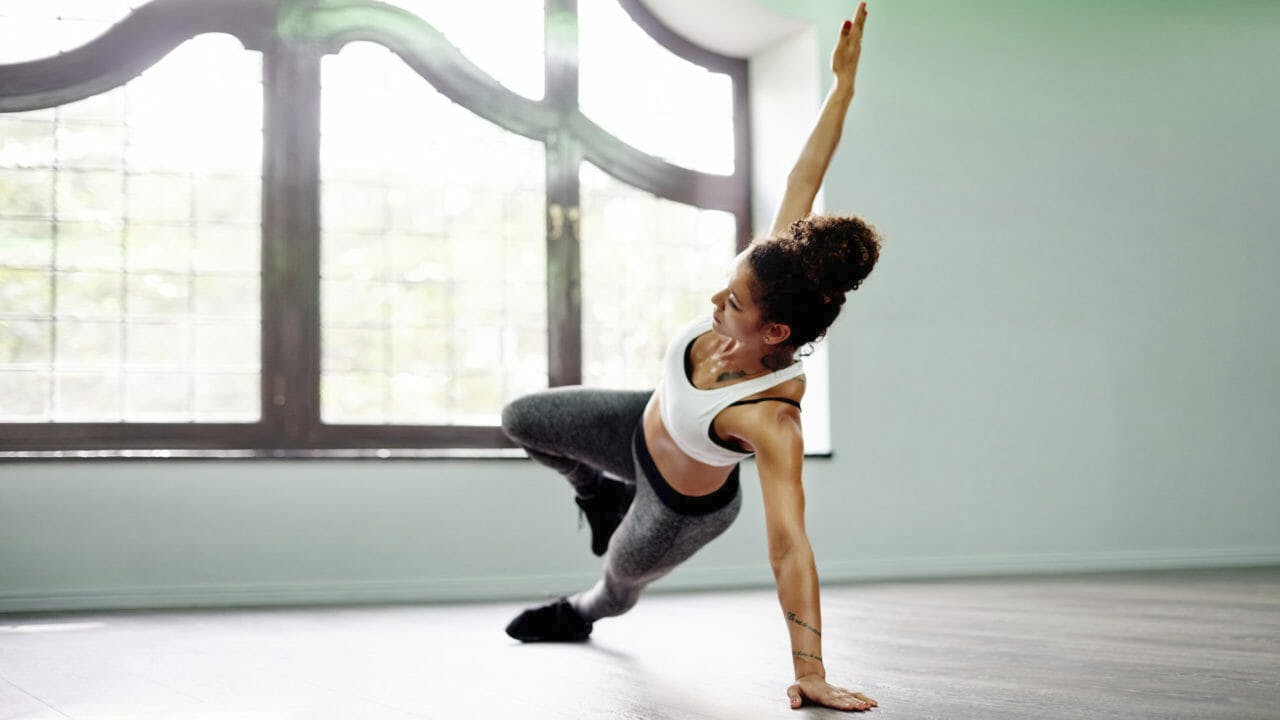
Warming up is an art that presents itself in many forms. Anything from cardio to stretching, and many other countless activities come to mind, in the context.
But for our blog post today, we’re going to be talking about dynamic stretching and its impact on your workout.
What are Dynamic Stretches?
The most common type of stretching you’ve probably heard of is ‘Static Stretching’. Static stretching refers to holding a muscle under tension — in a specific position — until a stretch is felt, and rinse and repeat. On the other hand, dynamic stretching involves moving the limbs through their full range of motion, and is repeated several times. An excellent an example of static stretching is something like the doorway stretch for your pecs, as shown below. Whereas an alternative and more dynamic stretch, would be these foam roller snow angels, also shown below.
The Case for Dynamic Stretching
Now that we have an idea of how these two stretching sub-types differ, you may be wondering, why should I consider dynamic stretching?
Static stretching and Dynamic stretching have both shown efficacy in increasing range of motion.1 2 But here’s where the two really start to contrast: while such a benefit to range of motion can be attributed to both, some studies actually suggest that static stretching may decrease overall performance prior to a workout.3 4 And in some cases, dynamic stretching has been shown to even increase overall power output.5
Given the potential for increasing range of motion and a potential boost to overall power output, athletes may want to consider dynamic stretching as a regular part of their warmup. In fact, a 2012 meta-analysis published in the International Journal of Sports Physical Therapy had this much to say:
…To increase ROM, all types of stretching are effective, although PNF-type stretching may be more effective for immediate gains. To avoid decrease in strength and performance that may occur in athletes due to static stretching before competition or activity, dynamic stretching is recommended for warm-up.6
Below, we’ve prepared some examples of dynamic stretching that you could potentially include in your warmup, depending on the activity.
Examples
Good Morning and Air Squat Superset
Leg Swings
Lunge with Thoracic Rotation
References
1. A comparison of two warm-ups on joint range of motion.
2. Acute effects of dynamic stretching, static stretching, and light aerobic activity on muscular performance in women.
3. The acute effects of static stretching on the sprint performance of collegiate men in the 60- and 100-m dash after a dynamic warm-up.
4. Effects of stretching on maximal anaerobic power: the roles of active and passive warm-ups.
5. Acute effects of static, dynamic, and proprioceptive neuromuscular facilitation stretching on muscle power in women.
6. CURRENT CONCEPTS IN MUSCLE STRETCHING FOR EXERCISE AND REHABILITATION
